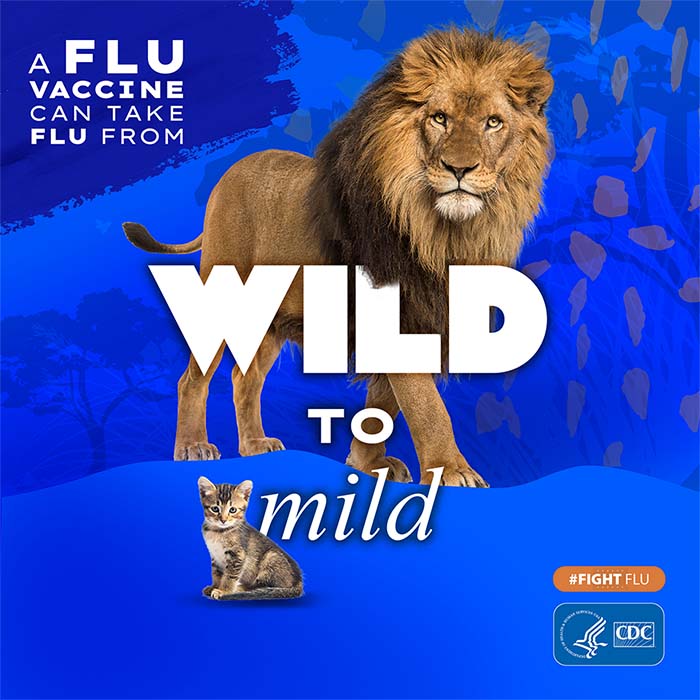CDC: Reported Flu Deaths in Children Surpass 100 for 2016-17
June 23, 2017— A total of 101 flu-associated deaths in children occurring during the 2016-17 season have now been reported to CDC. While full information on the vaccination status of these children is not yet available, in past seasons, between 80% and 85% of flu-associated pediatric deaths have occurred in children who had not gotten a flu vaccine that season. CDC recommends an annual flu vaccine for everyone 6 months and older. Influenza vaccination rates among children (6 months to 17 years) have been around 60% for the past several seasons.
Influenza-associated pediatric deaths became nationally reportable in 2004. Since that time, the number of deaths reported to CDC has ranged from 37 (2011-12 season) to 171 deaths (2012-13 season). However, this is the first time since the 2014-15 season that the number of reported deaths has exceeded 100. During 2012-13 and 2014-15, influenza A(H3N2) viruses predominated as they have during the current season. H3N2-predominant flu seasons are typically associated with more severe outcomes for children and older adults.
A recent CDC study published in Pediatrics provides important confirmation that flu vaccination can prevent flu deaths in children. The study found that flu vaccination reduced the risk of flu-associated death by half (51%) among children with underlying high-risk conditions and by nearly two-thirds (65%) among otherwise healthy children from 2010 through 2014. Among pediatric deaths during those seasons in children who were eligible for vaccination and who had been vaccinated more than 14 days prior to illness onset, only one in four had been vaccinated. It takes about two weeks after vaccination for vaccine-induced protection to set in so researchers excluded children who had been vaccinated more recently than 14 days prior to illness onset in this study.
While vaccination is recommended for everyone 6 months and older certain people are known to be more vulnerable to serious flu complications, including children younger than 5 years and children of any age with certain long-term health problems, including asthma or other lung disorders, heart disease, or a neurologic or neurodevelopmental disorder.
For the 2016-2017 season, influenza-like-illness was at or above baseline for 17 consecutive weeks with activity peaking nationally in February. For the last 15 seasons, the average duration of a flu season by this measure has been 13 weeks, with a range from one week to 20 weeks.
